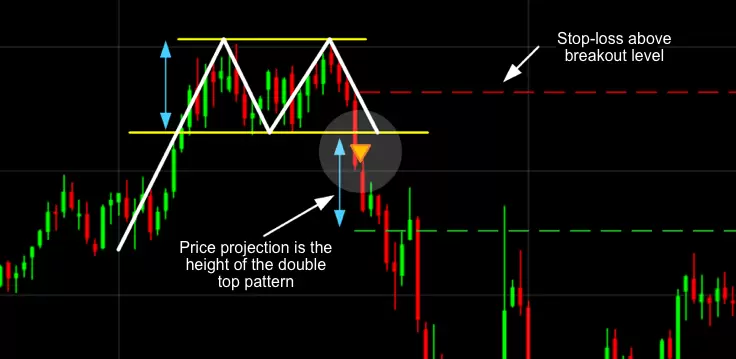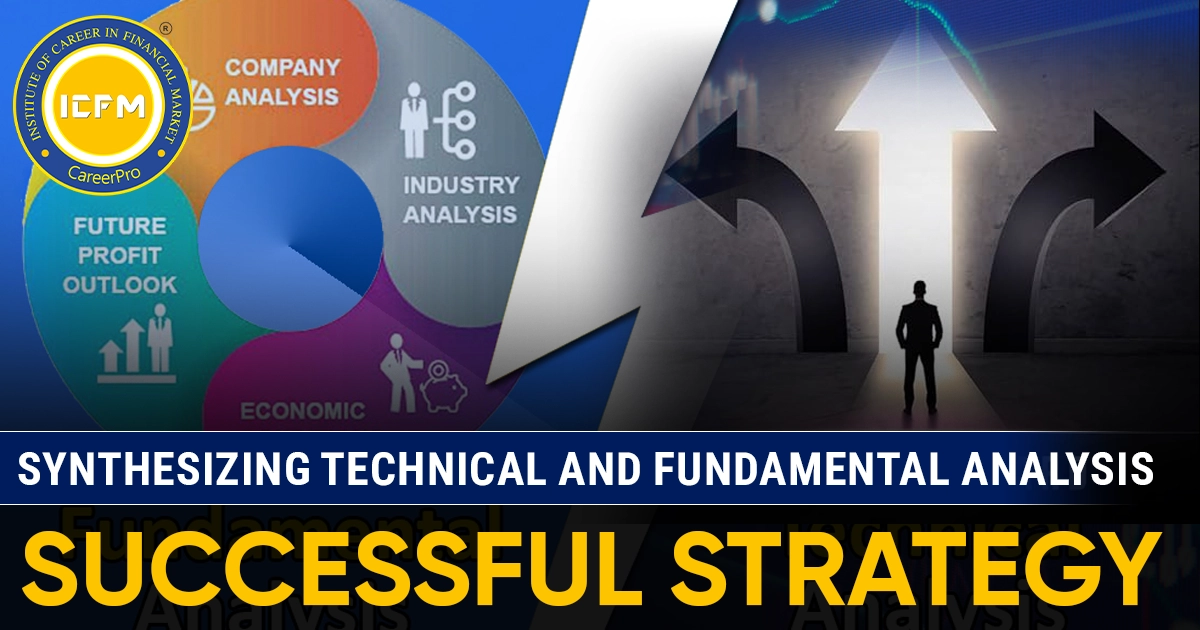Introduction
Trading is thrilling, but also perplexing. In order to sort out the markets, traders use technical analysis—such as candlestick patterns, moving averages, RSI, MACD, or Fibonacci levels. These are the things that allow us to interpret price charts and attempt to decipher where prices will move next.
But there is one silent issue that can ruin even the best technical setups: confirmation bias.
This is a human tendency. It is our tendency to search for data which confirms what we wish to believe and to avoid anything which does not align with our perception. This can result in huge errors in trading—particularly when we use charts to support what we want to see rather than what is actually occurring.
In this article, we're going to discuss what confirmation bias is, how it manifests when applying technical analysis, and what you can do to prevent yourself from falling into this trap.
What Is Confirmation Bias?
Confirmation bias is the tendency to:
- Search for
information that concurs with what you currently believe.
- Interpreting
ambiguous information in a manner that aligns with your viewpoint.
- Remembering the facts that back you up, and forgetting all the rest.
In trading, it would appear like:
- Observing bullish
(up) indicators in a chart simply because you hope the stock will rise.
- Overlooking bearish
indicators because you already own the stock and don't want to close.
- Believing only analysis from individuals who share your own thinking.
The largest issue here isn't so much being incorrect—it's being completely sure you are correct even when the market disagrees with you.
Why Confirmation Bias Complicates Technical Analysis
1. Viewing Charts with a Preconceived Notion
Suppose you think a stock like Reliance is ready to break out. You open a chart already convinced that, and so you begin scanning for bullish indications.
You may:
Only look at patterns
that appear bullish and ignore warning signs such as poor volume.
Make a pattern fit,
such as viewing a "cup and handle" when it doesn't actually exist.
Only look at indicators that confirm your opinion.
This is referred to as pattern fitting—you're viewing what you wish to view, and not what actually exists.
2. Picking Only the Indicators You Like
There are just so many technical indicators available that you can easily find one that agrees with your opinion.
Example:
You wish to short a stock. RSI is neutral, MACD is moving sideways, but then you notice the EMA lines crossing in your favor. You get in, relying on that single signal as your justification, and just disregarding the others.
This type of cherry-picking is dangerous. You're not validating your idea—you're just searching for reasons to believe.
3. Omitting the Red Flags
Markets aren't black and white. Sometimes the signals are mixed or there's a gray area.
Suppose a stock is breaking through resistance—but it's doing it with very little volume. A risk-averse trader might be taken aback, but if you're already in the trade or want it to rise more, you may overlook that little volume and rationalize that it's still a breakout.
That's confirmation bias again—you're hoping rather than adhering to your strategy.
4. Backtesting Gone Wrong
Backtesting is when you simulate your trading plan using old data. It's a valuable way to find out what works—although it can be skewed, too.
Some of the most common mistakes:
- Fiddling with your
rules after you've had a look at the outcome.
- Omitting losing
trades and only reporting the winners.
- Utilizing timeframes or data that make your plan perform better than it actually does.
- You have a strategy that works on paper—but doesn't work in practice.
5. Fall into Social Media Echo Chambers
These sites like Twitter, Reddit, Discord, and YouTube can be saturated with trading ideas. But they can perpetuate confirmation bias as well.
If you're bullish on a coin, and you're only interacting with people who are also bullish, you'll be hearing the same view over and over. That can make you insensitive to what the market is actually doing.
When everybody's agreeing with you, it's more difficult to
recognize when you may be mistaken.
How to Identify Confirmation Bias in Your Trading
These are some of the indications that confirmation bias may be influencing your decision-making:
You disregard warning
signs or refer to them as "noise."
You modify your
trading strategy during a trade in order to rationalize remaining in a losing
position.
You become irritated
when someone disagrees with your perception.
You only communicate with individuals who share your perspectives.
Avoiding Confirmation Bias
✅ 1. Don't Jump to Conclusions, Ask Questions
Rather than stating, "I want to go long," say,
"What is this chart saying?"
Engage the market in a spirit of curiosity, not one of fixed ideas.
✅ 2. Make a Checklist or Set of Rules
Example
Only enter if RSI is
below 30 and a bullish candle is formed.
Don't trade a breakout unless volume is higher.
Follow the rules. If the setup doesn't qualify—don't trade.
✅ 3. Find What Demonstrates You Wrong
Condition yourself to look for reasons why your setup could go wrong.
Ask:
What would cause me
to close this trade?
Am I overlooking any
bearish signs?
Does another time frame or indicator say otherwise?
The objective isn't to be correct—but to trade successfully.
✅ 4. Maintain a Trading Journal
Record:
Why you made the
trade.
What indicators you
observed (for and against).
What occurred and what you experienced.
Reflection on your journal assists you in identifying patterns, tendencies, and—yes—biases.
✅ 5. Take Advantage of Automation When Possible
Automation assists in removing emotion from trading.
Make use of alerts
and conditional orders rather than trading instinctively.
Utilize screeners and
back testing systems that don't give a hoot about your feelings.
If you're more advanced, research algorithmic trading—it's rule-based, not sentiment-driven.
6. Get Feedback from Other Traders
Discuss your trades with someone who looks at the world differently.
A mentor or a cross-sectional trading community (not an echo chamber) will keep you objective and reveal things you've overlooked.
Conclusion
Technical analysis is a formidable tool—but only if you use it with an open, clear mind. Confirmation bias is probably the largest reason that traders make suboptimal decisions. It leads us to see what we want to see rather than what exists.
To become a better trader:
Be inquisitive.
Hold firm to your
rules.
Be prepared to question your own thoughts.
The market doesn't care what you think. It pays off those who are ready, disciplined, and truthful to themselves. Don't let confirmation bias make your charts into wishful thinking.









